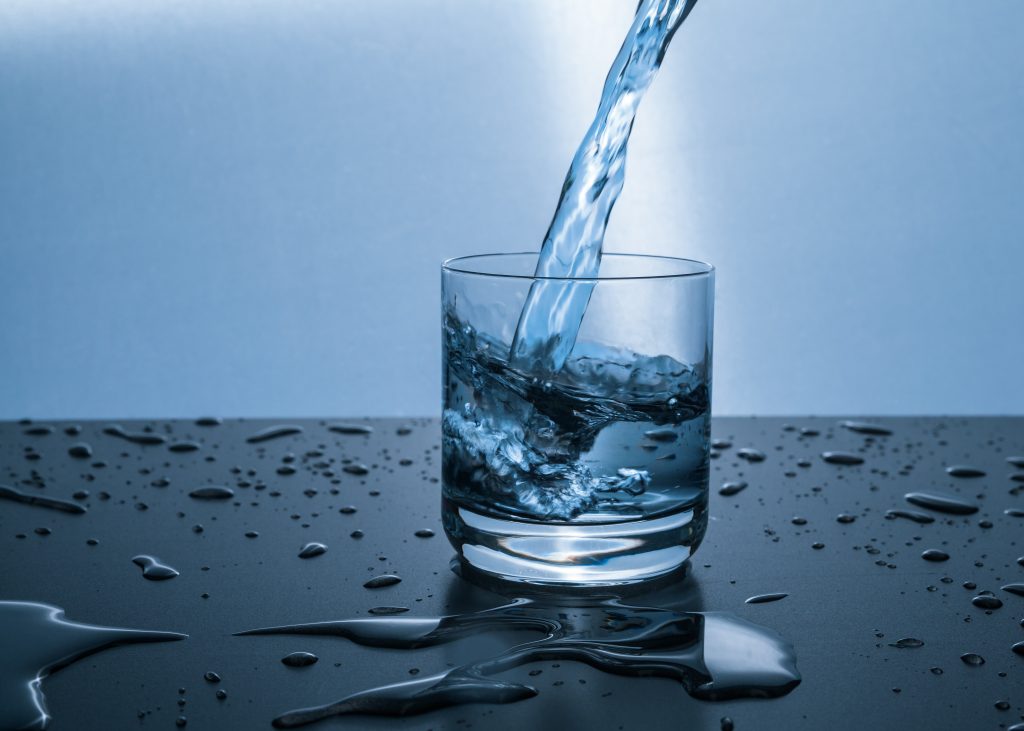NSF-funded projects aim to improve water filters that remove pathogens

A Texas A&M University researcher and his collaborators are working on two federally funded projects to help meet the growing worldwide demand for clean water by improving the filters that remove bacteria, viruses and other pathogens.
The National Science Foundation is supporting the projects with two grants awarded to Shankar Chellam, the J. Walter “Deak” Porter ’22 & James W. “Bud” Porter ’51 Professor in the Zachry Department of Civil Engineering, College of Engineering.
One project will seek to understand factors that allow more complex particles like viruses to pass through the filter membrane. The second project seeks a solution to clear away the clogging of water filters.
By the year 2025, according to projections, nearly 2 billion people will live in areas of water scarcity. These projections point to the need for advanced water and wastewater treatment technologies to provide options for an ever-increasing water demand.
One of the steps in water decontamination is filtration: to remove harmful pathogens like bacteria, viruses and other unwanted pathogens.
While technologies like micro and ultrafiltration can directly remove difficult-to-disinfect parasites along with most bacteria and other materials, these methods are not effective in removing viruses and some bacteria. Previous filtration models considered particles of a simpler shape, like spheres and capsules. However, viruses and bacteria come in many shapes and sizes. Some even have a “head” and “tail” that may give them an advantage to slipping through the filter.
“Think of the filter like an obstacle course,” Chellam said. “The majority of contaminants are rejected as they pass through the filter. However, some are able to maneuver through the filter due to a more flexible shape or ability to deform or break apart.”
As a filter is used it becomes caked with particles. The current unclogging responses to regenerate the filter result in a high cost in time, labor or material expenses.
The research team is looking at ways to solidify or clump up the viruses, increasing their size to better filter them, which simultaneously affects the amount of filter clogging. The team plans to study a backwashing process to clear up the clogged filter. It will periodically reverse the direction of water flow to remove the particles originally deposited on the filter surface. Results of the team’s work will be useful to municipal and industrial water treatment communities where these solutions would reduce capital and energy costs.
The team will also study the mechanics behind viruses passing through the filter pores. While this part of the work may not offer a solution to the problem, it will add to the fundamental understanding of virus mobility and filtration. This particular project will focus on the best way to hinder different shaped particles, such as tailed viruses, flexible filamentous viruses and deformable bacteria, across membranes.

